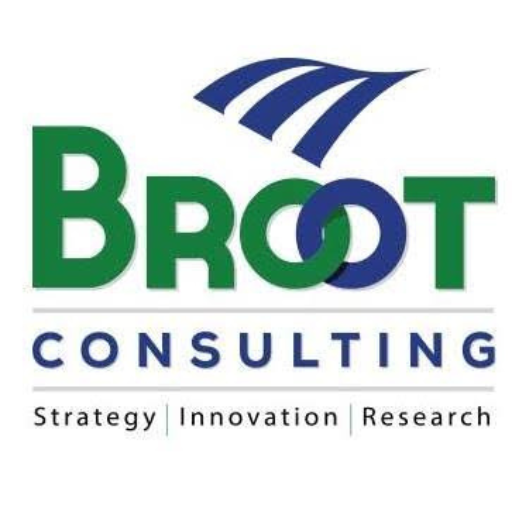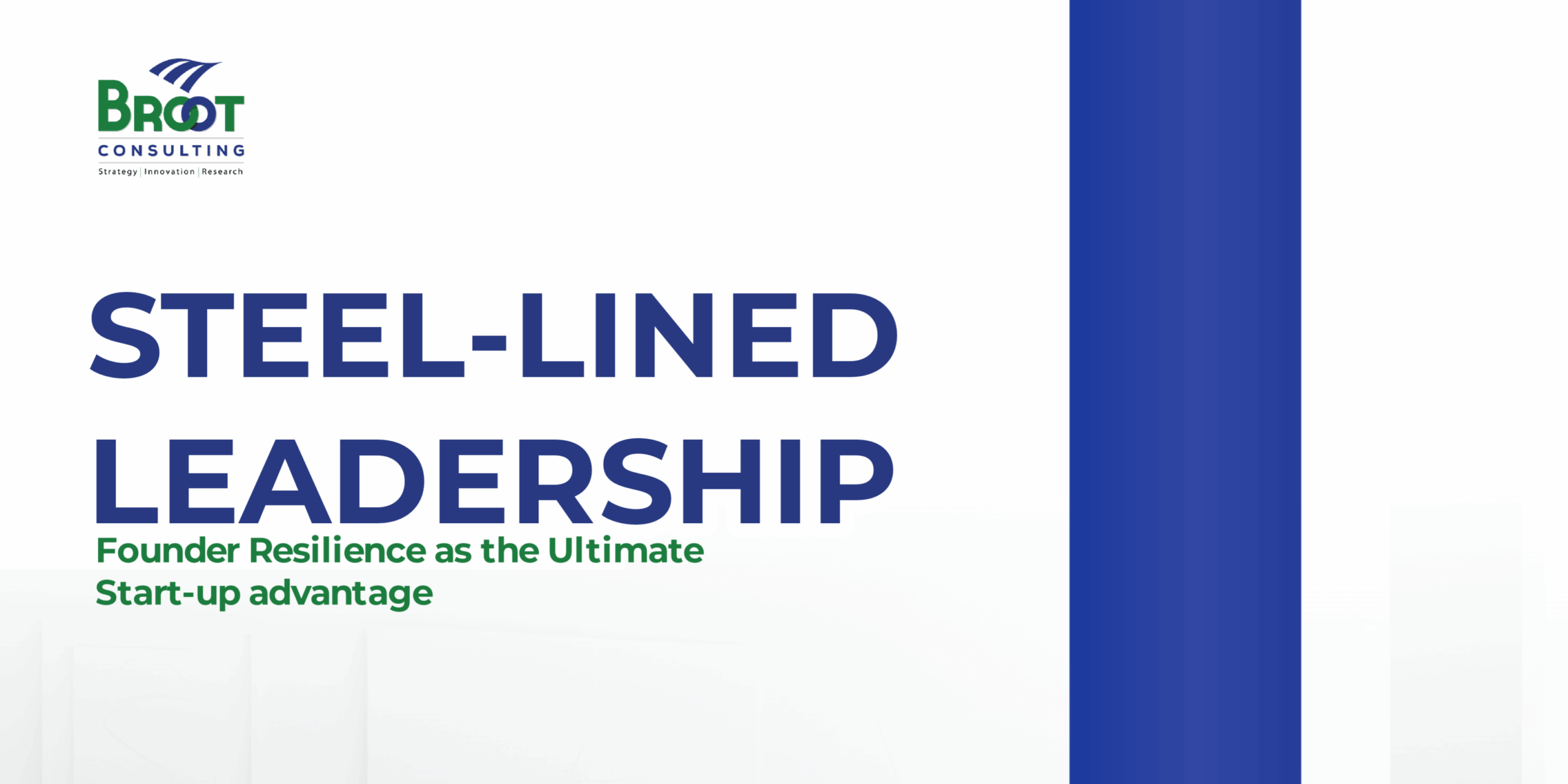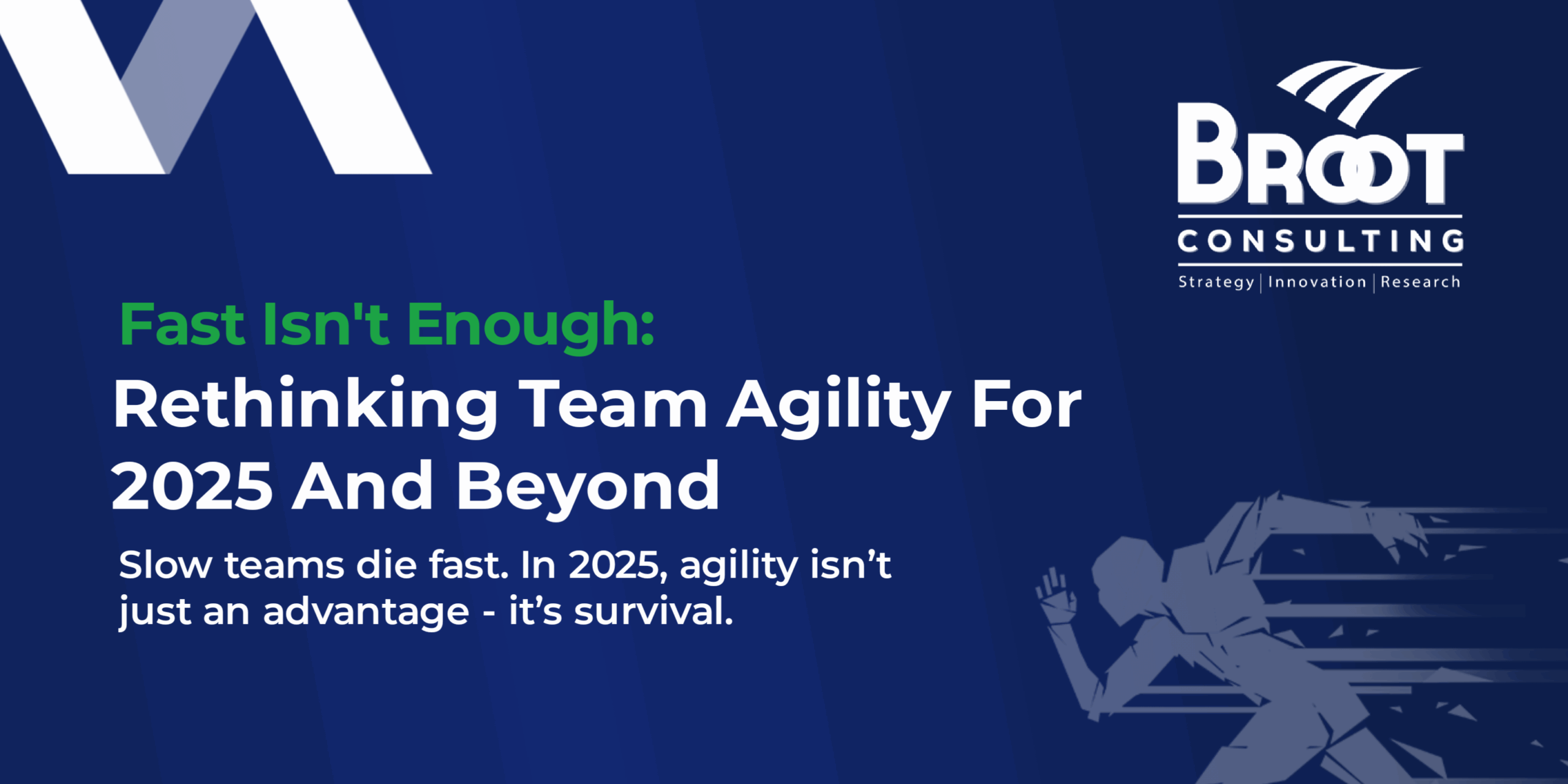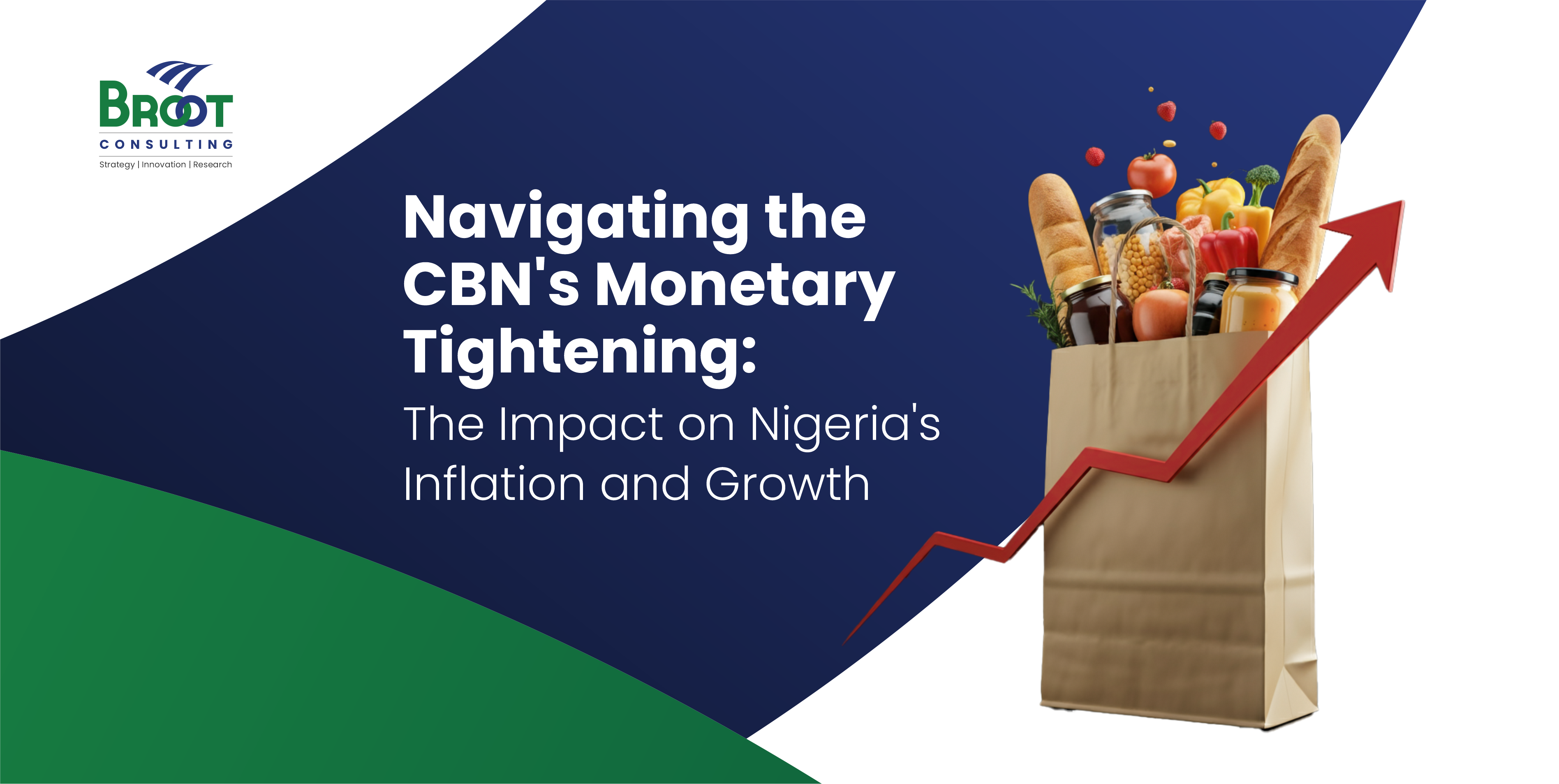#03 Decoding Creativity: Busting the Myths and Embracing the Truths
How do some people come up with creative ideas while others struggle endlessly? Creativity is a gift to human beings; therefore, it is a gift in all our DNA. There are lots of myths that we believe about creativity but which cannot be proven. Such beliefs give some people a fixed mindset, such as their conclusion that they are not born creative. Or that creativity is a gift to select individuals. Many myths surround creativity, and when you look at it carefully, one of two may be a significant factor preventing you from becoming good at creativity.
What do you know about creativity? What do you believe about it? How often do you sometimes blame your environment, background and even your creator for not making you as creative as others? Before you get into such thought, you must realize that Creativity is a product of severe rigours, constant practice, self-discipline, passion, perseverance, audacious vision, self-denials, and sacrifice.
MYTH #1: Creativity is genetic
Fact: We are all endowed with the capacity for creativity and Innovation. It is the unique traits that separate humans and other creations. Suppose you associate creativity with art or entertainment. Can you reflect and think of when you are a kid? Don’t you like to draw, dance, sing, ask questions and not be afraid to take risks? As you grow older, you get moulded and confined into a box. All humans have fantastic creative capabilities. However, it needs to be nurtured through constant practice, perseverance, and self-discipline. Merton Reznikoff, George Domino, Carolyn Bridges, and Merton Honeymoon’s research debunked the claim that creativity is purely generic. They studied creative abilities in 117 pairs of identical and fraternal twins who are between 15-22years of age. Their findings conclude that only about 30 per cent of the performance of identical twins based on ten creativity tests is due to genetics. Still, between 80 per cent to 85 per cent of the twins’ performance on general intelligence (IQ) tests is attributed to genetics. The implication is that creativity is not purely a genetic endowment; Creativity needs nurturing for it to be worthwhile.
Myth #2: Creativity is an art
Fact: Creativity goes beyond drawing, singing, dancing or painting. Creativity is the art of seeing what others are seeing but thinking what no one else is thinking. It calls for self-discipline, patience, and vivid imagination about possibilities. It is using the lens of an artist to see differently. It uses an artist’s vision to see what no one sees, thus proffering solutions to what no one is thinking about. Creativity is like a seed; it needs nurturing and tender care to grow and blossom. Creativity is required in all life facets, disciplines, professions and endeavours. It is, therefore, an anomaly to conclude that creativity only exists in art.
MYTH #3: Creativity is found only in the creative industry
Fact: It is a fallacious statement. Creativity is narrowly defined, and one of the reasons we, unfortunately, conclude that some people are not born creative. Creativity is about problem-solving. The skill applies to everyone and in all industries. Everyone must sharpen their innovative skill set to thrive in today’s business environment. Individuals and organizations create value for employers or customers by being able to help the company get the job done. You are hired because you are solving a particular problem.
MYTH 04: Creativity is for the expert
Fact: The National Academies Press publication states that “true geniuses are those who “have acquired extensive knowledge that affects what they notice and how they organize, represent, and interpret information in their environment”. Many think that creativity is the job of the expert in the field; various studies show that great ideas are birthed by those genuinely concerned about a problem, not necessarily the expert in the field. It has been proven repeatedly that experts have myopic thinking, which is why Harvard Business Review concluded that too many experts hurt innovation projection, hence a recommendation that experts should not exceed 40% of the project team. Every job function, process, system, or procedure benefits from creativity or suffer for lack of it.
Myth #5: Creativity is a solo effort.
Fact: Creative people are no lone rangers. Without collaboration, creativity will be challenging to achieve. It took Steve Job to visit the PARC of Xerox to realize how a graphical user interface (GUI) and mouse could be built into a Macintosh computer, the first personal computer to achieve such a feat. After his experience studying Zen and meditation, he appreciates the power of quietness; he later applied this to challenge the conventional wisdom of installing a fan in a computer to prevent overheating. He chose to think differently. He knew the possibility of a fanless computer; he beckoned on Rod Holt From Atari to help him realize his dream. Creative people are good collaborators; to be creative, you must network with People and effectively use the power of collaboration to achieve better solutions. When you work with people of like minds, the motivation to persevere in the creative journey will increase. No good product of creativity is achieved with solo effort. You must learn to work with others to be an excellent creative thinker.
Myth #05: Creativity ideas are spontaneous or accidental.
Fact: Great ideas do not appear in a flash; they result from a series of past work and experiences in problem-solving. The creative solution does not emerge from a vacuum but from disturbing thoughts and sleepless nights that awake the creative person. It is a myth to think you can dream creativity into existence and wake up from your dream with a beautiful idea you then implement. People are known to be skilful in connecting unassociated. Solutions are products of repeated practices that drive curiosity and leverage the power of associative thinking to make sense of unconnected events, objects, or scenes. Thinking of stumbling on a solution accidentally is daydreaming when there is no prior effort or directed energy toward a specific problem. All creative thinkers have their minds occupied with the problem needing solutions.
Myth 06: Creativity must have a groundbreaking impact.
Not everyone will become Leonardo Da Vinci, Elon Musk, Steve Jobs or Bill Gates. Creativity does not have to result in a Big Bang breakthrough necessarily. Such a definition is discouraging. To be creative, look for a daily problem worth solving in your area of influence. It could be a problem around processes, systems, or something within your local environment. If the problem is well translated, it could sometimes have a profound impact beyond your environment. Remember, Facebook was initially conceived as a solution for the students on the Harvard Campus today; it has a profound effect beyond the shores of Harvard, USA.
Conclusion. Creativity is about proffering solutions to pressing problems and examining them from fresh perspectives; if you close your eyes against a problem, the likelihood of finding a solution to an unknown pain is lower than being struck by thunder.
In the next few posts, I will discuss creativity and how you can develop the skill for yourself or your organization.

Dr. Adeola Ojoawo Ph.D
Director Brand Strategy And Growth, BROOT Consulting
Customer Experience Lead




